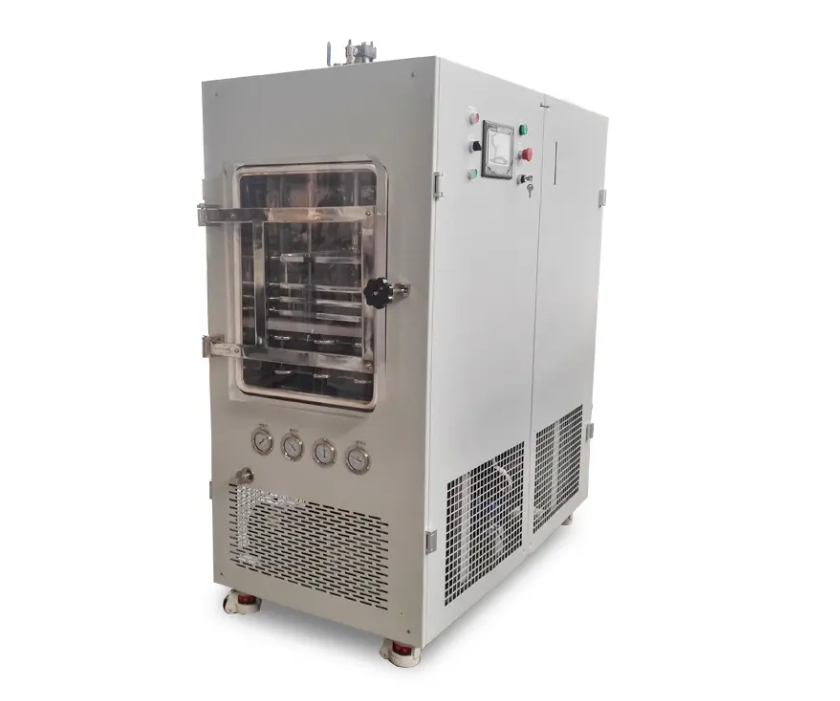Exploring the differences between freeze-drying and dehydrating goes beyond merely understanding two methods of food preservation; it delves into the distinct impacts these technologies have on maintaining food quality, nutrition, and taste. Although both freeze-drying and dehydrating are aimed at removing moisture to extend shelf life, significant differences arise in the processes and outcomes of each method.
Understanding the Differences
Maintaining Nutrition, Texture, and Taste
Freeze-drying removes water by sublimating it directly from solid to gas at low temperatures, fundamentally avoiding the degradation of food structure and nutritional content that can occur during heating. This method not only effectively preserves the nutritional value of food but also maintains its original texture and flavor. In contrast, dehydrating food involves heating it to evaporate moisture, a process that often leads to the loss of nutritional components and alteration of structure.
Comparing Outcomes
Preservation Quality
From a preservation quality perspective, freeze-dried foods offer unparalleled quality compared to their dehydrated counterparts, making them the preferred choice for long-term storage and nutritional retention. Freeze-dried foods can almost perfectly maintain the original shape, color, texture, and nutritional components of the food, making them the top choice in situations where long-term storage or specific nutritional retention is necessary.


